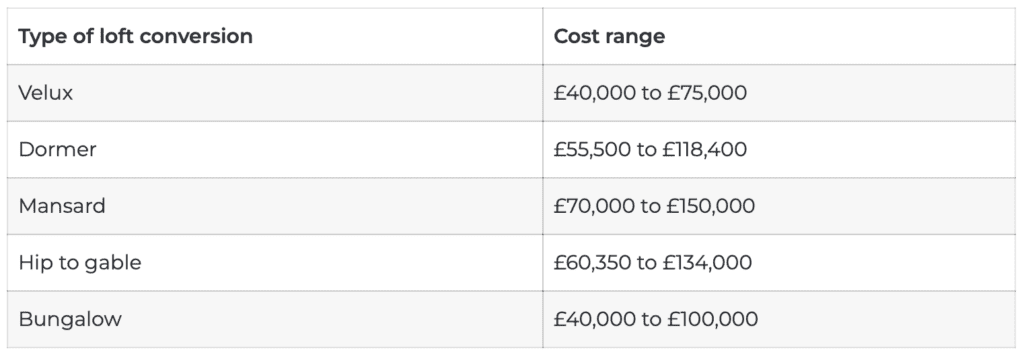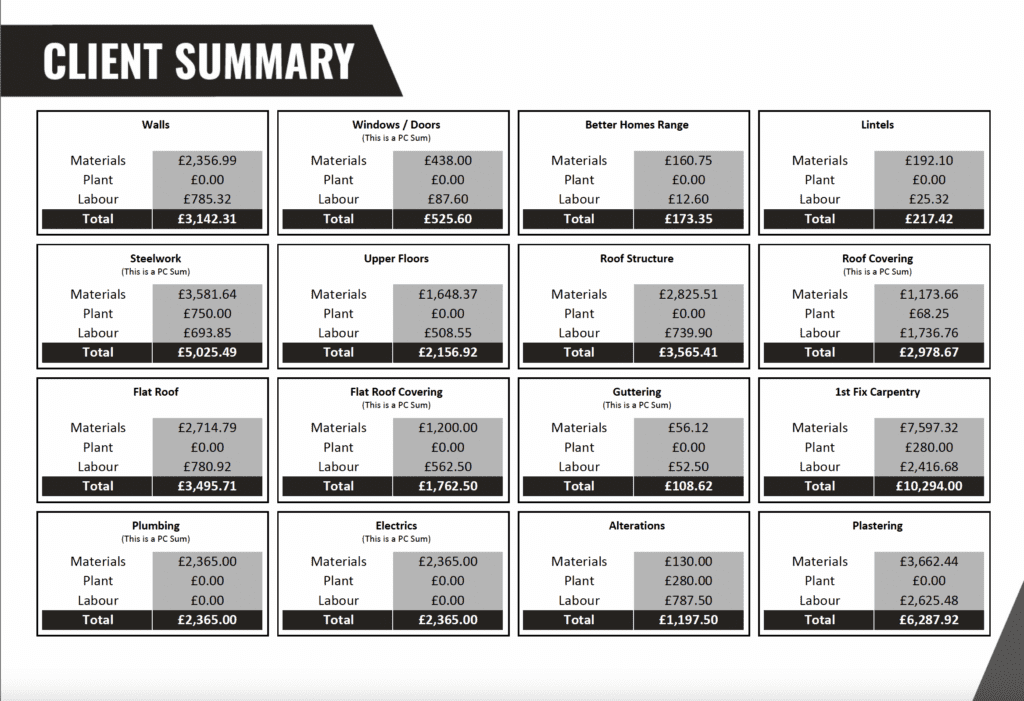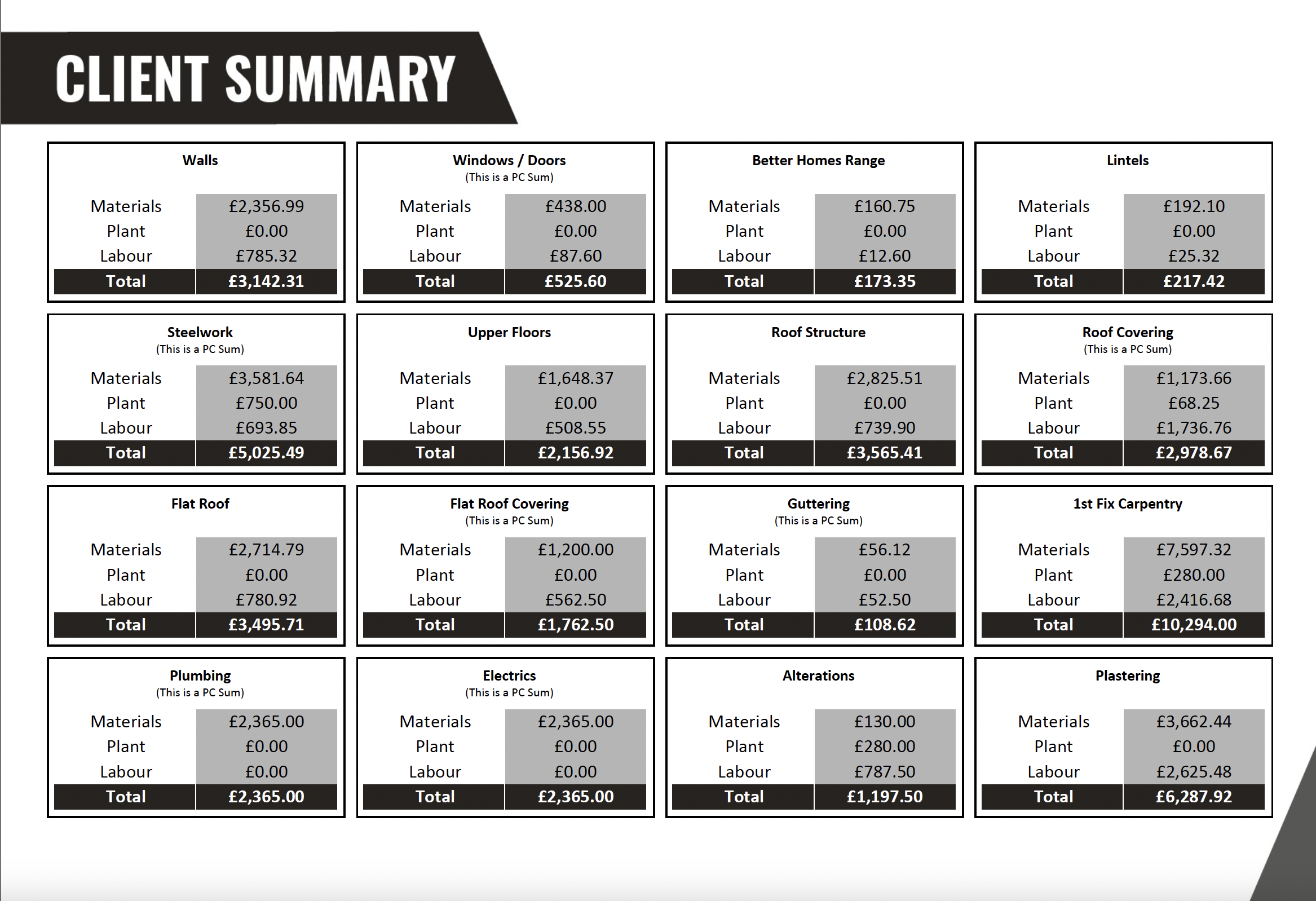Well the biggest question about loft conversions is not only is my property suitable for a loft conversion but what are the costs involved in carrying out a loft conversion in Suffolk Ipswich in 2024.
Loft conversions continue to be one of the most popular home improvement projects in Ipswich Suffolk and across the UK. In 2024, the trend shows no sign of slowing down as homeowners seek to maximize their living space and add value to their properties. If you’re considering a loft conversion, understanding the costs involved is crucial for effective budgeting and planning. This blog post will break down the key factors influencing loft conversion costs in Suffolk in 2024.
Understanding the Basics
A loft conversion typically transforms an unused attic space into a functional room, such as a bedroom, office, or playroom. The cost of a loft conversion can vary significantly based on several factors including the type of conversion, the size of the loft, structural requirements, and your specific design preferences all of which we can help you with.
Costs of loft conversions
Loft conversion cost can vary wildly because each house is different and as you are changing the structure of the roof this will need to be supported with steels or timbers to transfer the weight down to the existing foundations for which you will need drawings and structural engineers report.
When we get asked about costs it is hard to tell without a full survey and structural engineers report but we can go by averages which are in the table below which is taken from rated people, costs for loft conversions have risen due to labour costs and material costs.

Types of Loft Conversions
1. **Dormer Loft Conversion**
– **Description**: Adds a box-like structure to the existing roof, providing additional headroom and floor space.
– **Cost**: £55,500 to £118,400
– **Best for**: Homes with limited existing loft space or low headroom.
2. **Velux Loft Conversion**
– **Description**: Involves installing Velux windows into the existing roof without altering its structure.
– **Cost**: £40,000 to £75,000
– **Best for**: Properties with ample headroom and those seeking a cost-effective option.
3. **Hip-to-Gable Loft Conversion**
– **Description**: Extends the sloping side of the roof to create a vertical wall, increasing internal space.
– **Cost**: £60,350 to £134,000
– **Best for**: Semi-detached or detached houses with a hipped roof.
4. **Mansard Loft Conversion**
– **Description**: Involves altering the entire roof structure to create a nearly vertical wall and flat roof.
– **Cost**: £40,000 to £100,000
– **Best for**: Maximizing space in terraced houses or for a more traditional look.
4. **Bungalow Loft Conversion**
– **Description**: Involves altering the entire roof structure to create a nearly vertical wall and flat roof.
– **Cost**: £50,000 to £150,000
– **Best for**: Maximizing space in bungalows or for a more stylish look.
Factors Influencing Costs
1. **Structural Integrity**
– As each house is different ensuring the existing structure can support the additional weight is crucial. Reinforcement may be needed, increasing costs.
2. **Design and Customization**
– Bespoke designs, high-end finishes, and custom fittings will drive up costs compared to standard options.
3. **Planning Permissions and Regulations**
– While many loft conversions fall under permitted development rights, some may require planning permission. Compliance with building regulations is mandatory and might add to the cost.
4. **Utilities and Insulation**
– Installing plumbing, electrics, and proper insulation can add to the overall expense but are essential for creating a comfortable living space.
5. **Location and Accessibility**
– Costs can vary based on your specific location within Suffolk and the ease of access to your property. Properties in remote areas or with difficult access may incur higher labor and transportation costs.
Additional Costs to Consider
1. **Professional Fees**
– Architect and surveyor fees can range from £1,000 to £3,000 depending on the complexity of the project.
2. **Interior Finishes**
– Flooring, plastering, decorating, and furnishing costs can add another £5,000 to £10,000.
3. **Contingency Fund**
– It’s wise to allocate an additional 10-15% of your budget for unexpected expenses.
Getting the Best Value
To ensure you get the best value for your money speak to CLC first because we are approached may times after the client has had the drawings done by a draughtsman that has to had a lot of experience in loft conversions and this can have knock on effect with the structural engineer CLC can provide a full design and structural calculation service.
-Get Multiple Quotes**: Compare quotes from at least three reputable builders.
-Check Credentials**: Ensure your chosen builder is experienced in loft conversions and has good reviews.-
-Plan Thoroughly**: Detailed planning can help avoid costly changes down the line.
-Consider Energy Efficiency**: Invest in good insulation and energy-efficient windows to save on future heating costs.
You can also see the detailed quotes we provide with every part of your build costed properly an example of one off our quotes is below.

Conclusion
A loft conversion can be a fantastic investment, adding both space and value to your Suffolk home. In 2024, understanding the types of loft conversions available and the factors that influence their costs will help you make informed decisions and ensure your project is a success. Whether you opt for a simple Velux conversion or a more complex Mansard transformation, thorough planning and budgeting are key to achieving your dream loft space.

